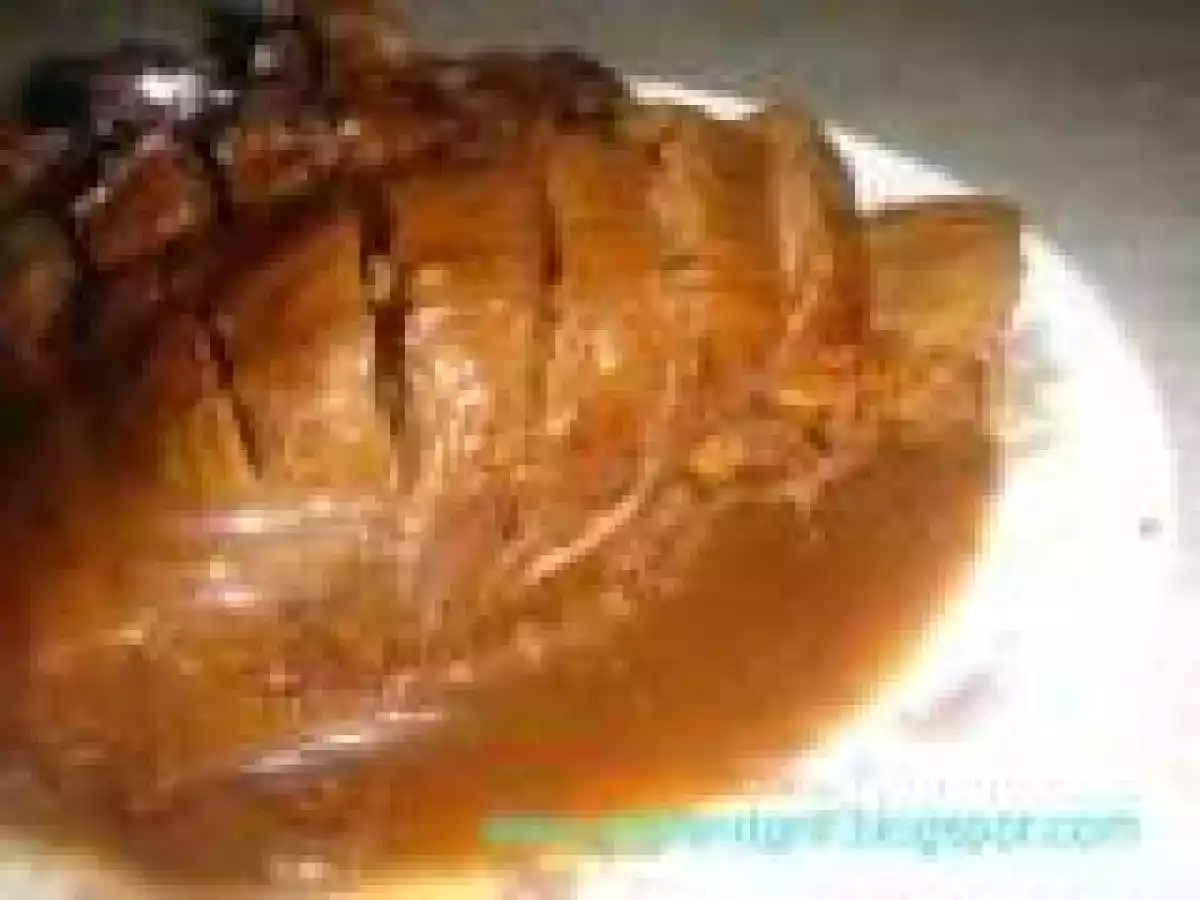Asadong Dila or Lengua (Ox or Beef Tongue Asado)

Some countries, such as Canada, and specifically the province of Alberta which have a large beef export industry, export large quantities of beef tongue. In Belgium, beef tongue is usually prepared with mushrooms in a Madeira sauce. It is widely used in Mexican cuisine, and often seen in tacos and burritos. Boiled tongue or boiled brisket is traditionally eaten on the Jewish holiday of Sukkot, a harvest festival also known as the Feast of Tabernacles.
Also, beef tongue is a part of Romanian cuisine, German cuisine, Portuguese cuisine, Persian cuisine, Philippine cuisine, Albanian cuisine, Russian cuisine and Japanese Cuisine with the dish, ?gyutan?, having originated in the city of Sendai.
In the Philippines, we are familiar with the dish called ?Lengua?, prepared in rich creamy mushroom sauce with select other vegetables. With the influence of Chinese cuisine, it is now often prepared with spiced-sweet-salty sauce like the "Beef Asado" which I posted before. I also primarily used the same recipe to prepare this Ox Tongue Asado, but I tweaked it just a little bit to make the cooking procedure much simpler.
To cook the Filipino Style Ox Tongue Asado, or ?Asadong Dila? in the Philippine language, we shall need about 1½ kilogram of ox tongue, cut to around 3 large pieces. You will notice that beef tongue from Sri Lankan market is already clean and skinless. It means less scalding, boiling, scraping and washing for me. :-)
Return the meat to the sauce and let it boil again on low heat. Slightly stir to fully coat the meat with the sauce. Finish it off with the addition of about 1 tsp of sesame oil.
Reel and Grill
Comments
anonymous
I purchased beef tongue with the outer layer and found it difficult to take off. Any suggestions on how to remove the outer tough part from the tongue?